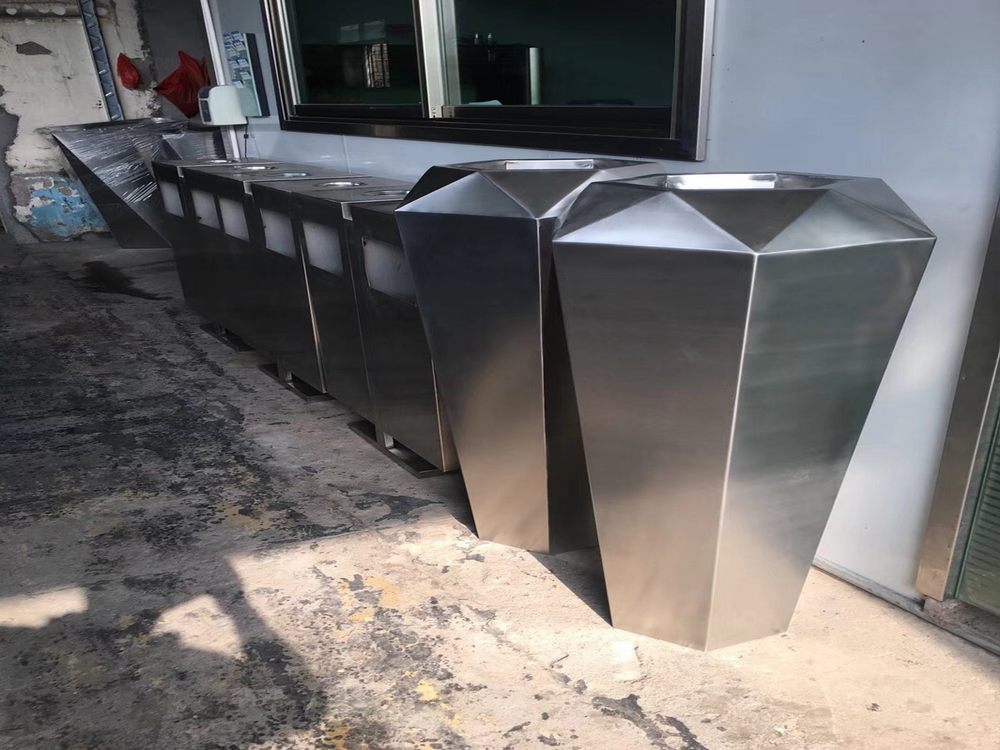
Bronze sculptures, long revered for their durability and classical beauty, are finding new relevance in post-entropic artistic paradigms. Post-entropic art embraces decay, randomness, and the inevitable pull of disorder—concepts that seem at odds with bronze’s traditional association with permanence. Yet, contemporary artists are subverting this dichotomy by intentionally incorporating entropy into their bronze works.
One approach involves chemically altering bronze surfaces to accelerate oxidation, creating unpredictable patinas that evolve over time. This mirrors the post-entropic fascination with impermanence and transformation. Other sculptors embed fragmented or eroded elements into their pieces, symbolizing the interplay between creation and dissolution.
Thematically, post-entropic bronze sculptures often explore humanity’s relationship with time and decay. By juxtaposing bronze’s historical weight with modern entropy-driven aesthetics, these works challenge viewers to reconsider notions of legacy and transience. The material’s thermal conductivity also allows for interactive installations where environmental changes subtly reshape the artwork—an embodied metaphor for entropy itself.
This artistic fusion demonstrates how traditional mediums can engage with cutting-edge theoretical frameworks. Bronze becomes not just a material, but a conceptual bridge between classical ideals and contemporary philosophical inquiries into chaos, transformation, and the beauty of imperfection.

